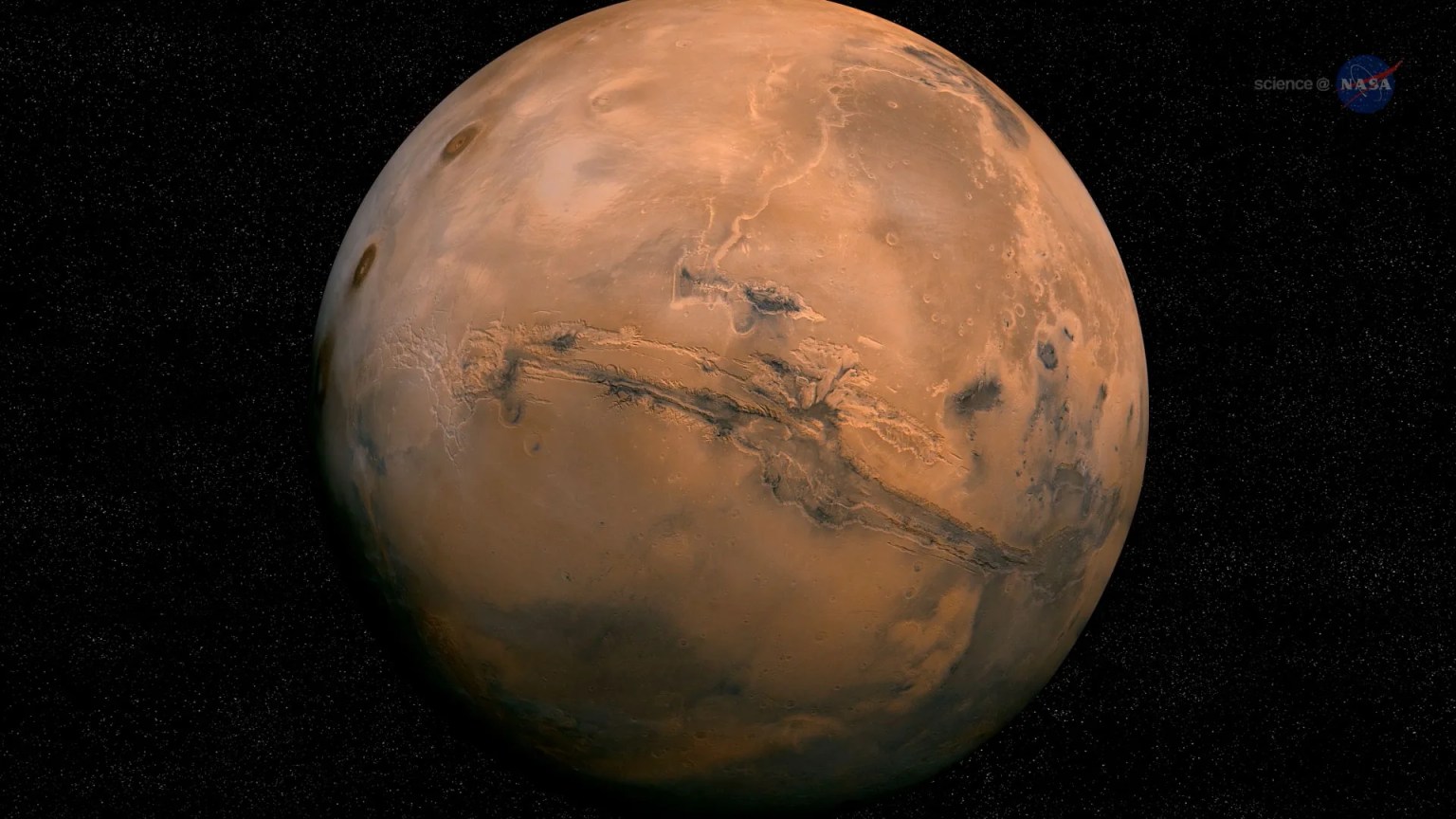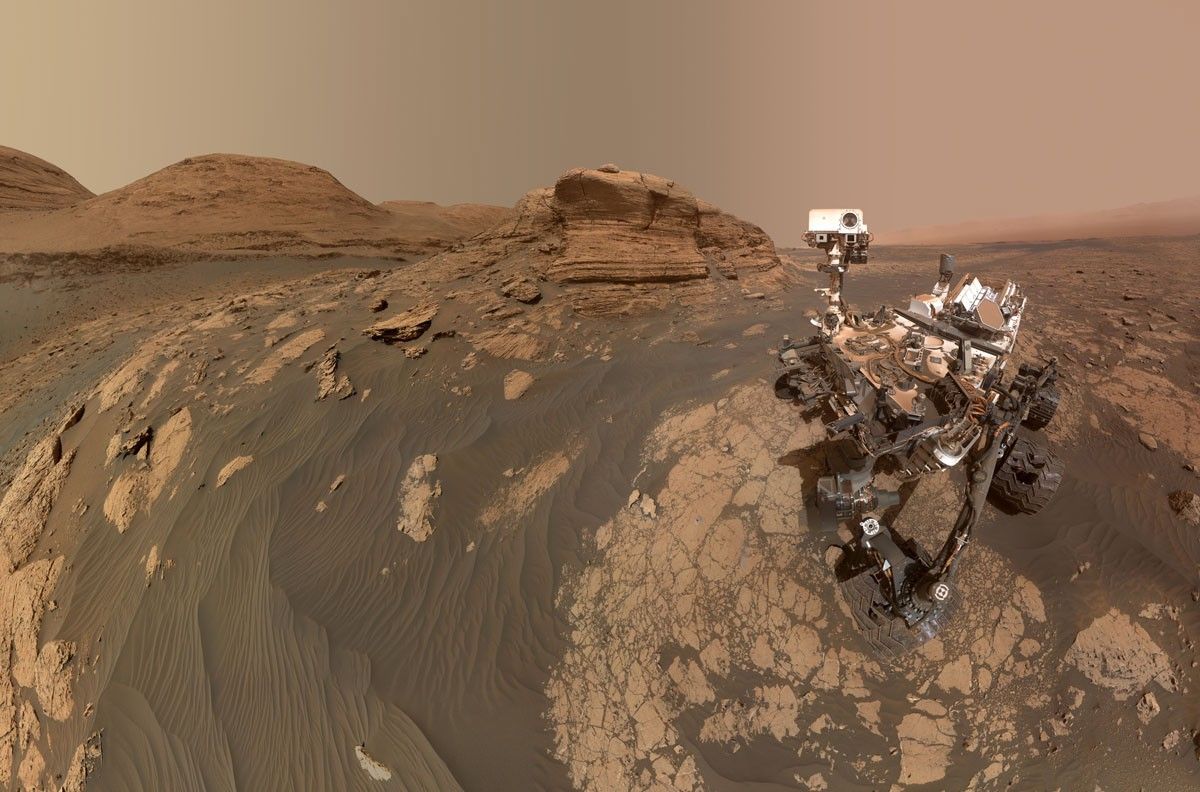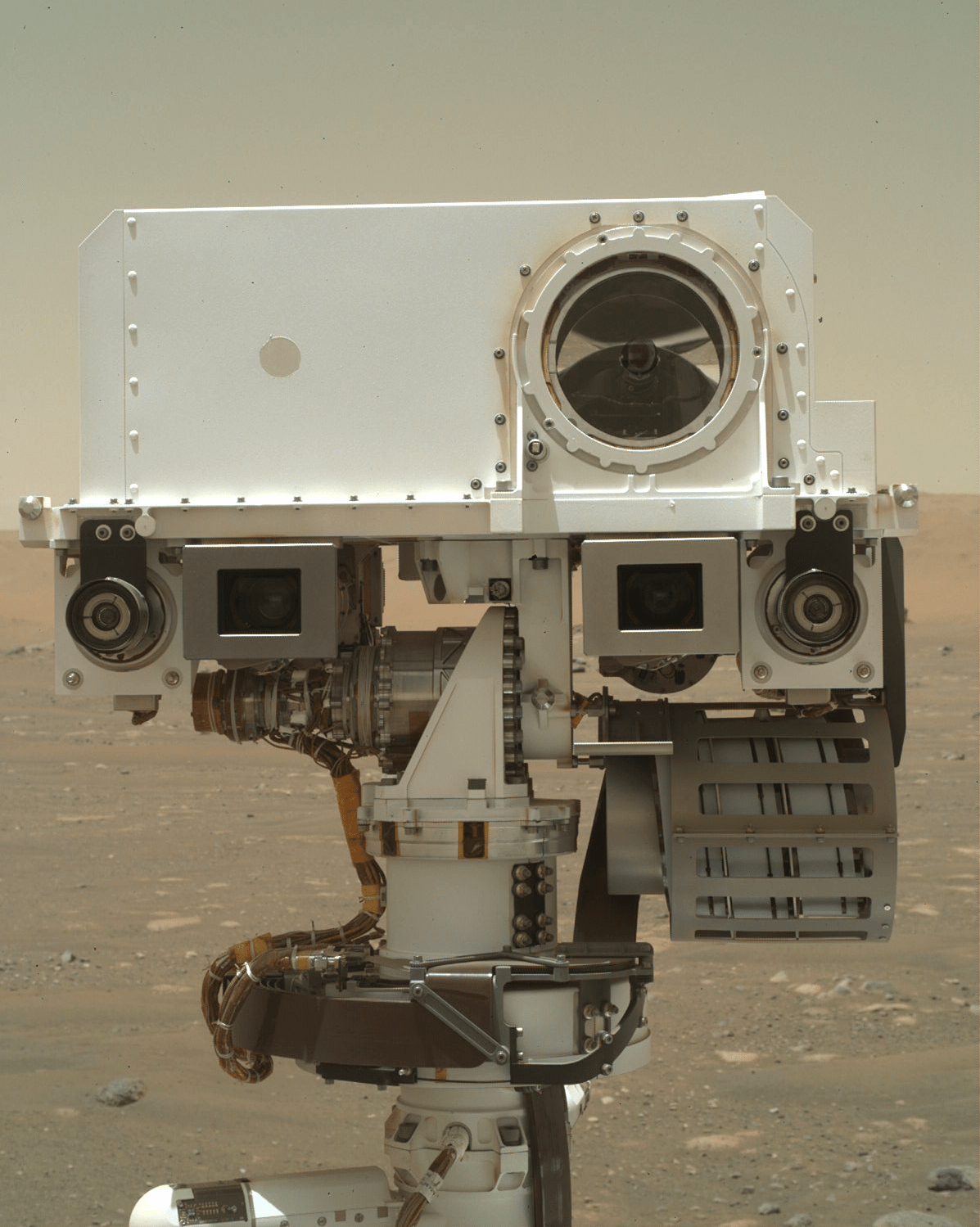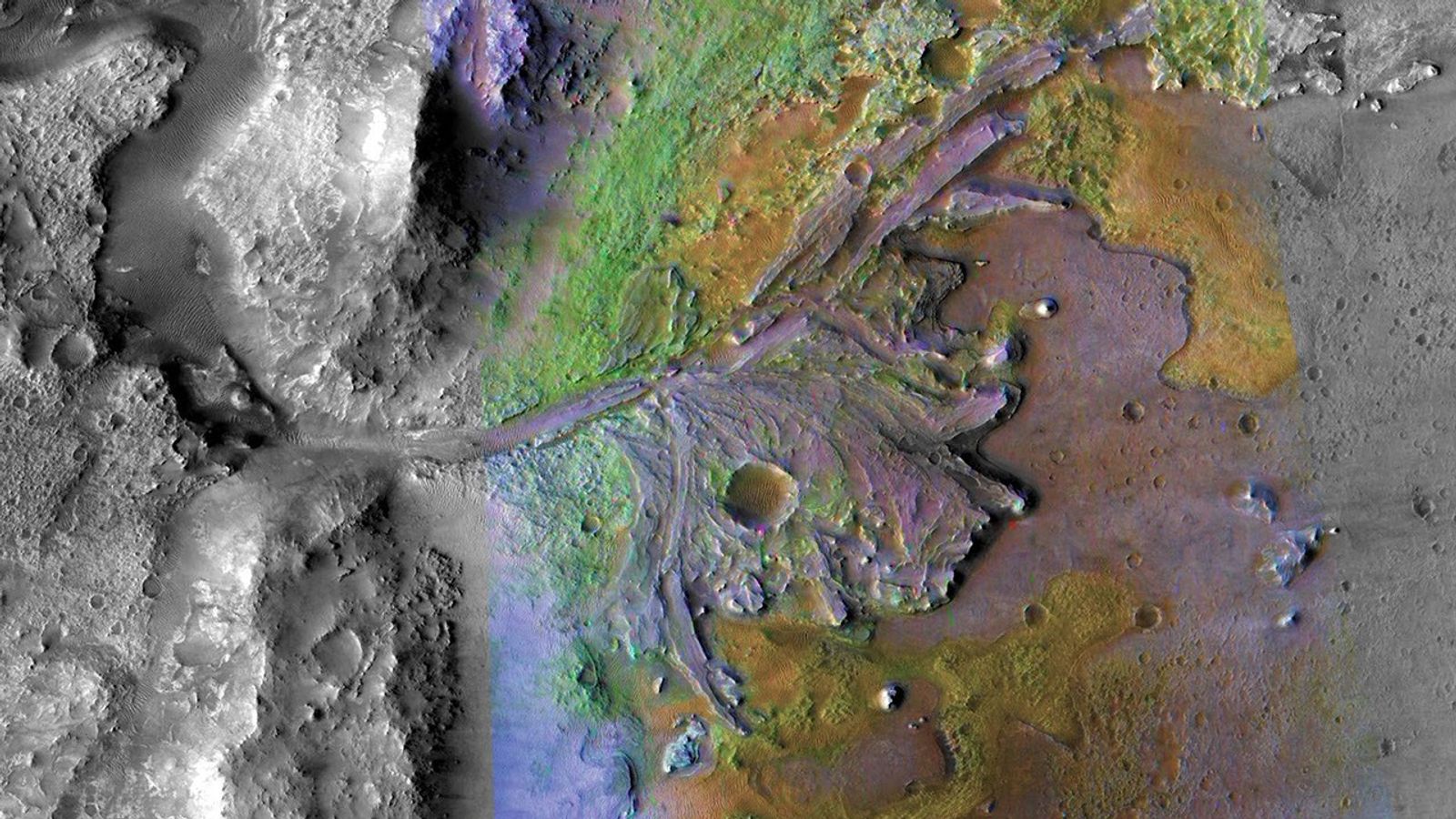Curiosity Blog, Sols 4580-4581: Something in the Air…
- Curiosity Rover’s latest activities (Sols 4580-4581): The rover conducted a series of scientific experiments, including APXS measurements and ChemCam observations, to analyze the Martian atmosphere and rocks.
- The rover used its Left Navigation Camera to capture images of rock targets with potential cross-cutting veins, such as “Hornitos” and “Volcán Peña Blanca,” to better understand the geology of Gale crater.
- Curiosity’s APXS measurements enabled the team to assess the abundance of argon in the atmosphere, which can be used to trace global circulation patterns and better understand modern Mars.
- The rover also conducted a lengthy APXS analysis of the atmosphere at night, allowing the team to monitor daily and seasonal trends in gases around Gale crater.
- These scientific experiments are part of Curiosity’s ongoing efforts to explore Gale crater and better understand the Martian environment, with the goal of searching for signs of past or present life on Mars.
2 min read
Curiosity Blog, Sols 4580-4581: Something in the Air…
Written by Scott VanBommel, Planetary Scientist at Washington University in St. Louis
Earth planning date: Monday, June 23, 2025
Curiosity was back at work on Monday, with a full slate of activities planned. While summer has officially arrived for much of Curiosity’s team back on Earth, Mars’ eldest active rover is recently through the depths of southern Mars winter and trending toward warmer temperatures itself. Warmer temperatures mean less component heating is required and therefore more power is freed up for science and driving. However, the current cooler temperatures do present an opportunity to acquire quality short-duration APXS measurements first thing in the morning, which is what Curiosity elected to do once again.
Curiosity’s plan commenced by brushing a rock target with potential cross-cutting veins, “Hornitos,” and subsequently analyzing it with APXS. A sequence of Mastcam images followed on targets such as “Volcán Peña Blanca,” “La Pacana,” “Iglesia de Jarinilla de Umatia,” and “Ayparavi.” ChemCam, returning to action after a brief and understood hiatus, rounded out the morning’s chemical analysis activities with a 5-point analysis of Ayparavi. After some images of the brush, and a handful of MAHLI snaps of Hornitos, Curiosity was on its way with a planned drive of about 37 meters (about 121 feet).Curiosity’s night would not be spent entirely dreaming of whatever rovers dream, but rather conducting a lengthy APXS analysis of the atmosphere. These analyses enable Curiosity’s team to assess the abundance of argon in the atmosphere — from a volume about the size of a pop can (or soda can, depending on your unit of preference) — which can be used to trace global circulation patterns and better understand modern Mars. Recently, Curiosity has been increasing the frequency of these measurements and pairing them with ChemCam “Passive Sky” observations. These ChemCam activities do not utilize the instrument’s laser, but instead use its other components to characterize the air above the rover. By combining APXS and ChemCam observations of the atmosphere, Curiosity’s team is able to better assess daily and seasonal trends in gases around Gale crater. A ChemCam “Passive Sky” was the primary observation in the second sol of the plan, with Curiosity spending much of the remaining time recharging and eagerly awaiting commands from Wednesday’s team.








